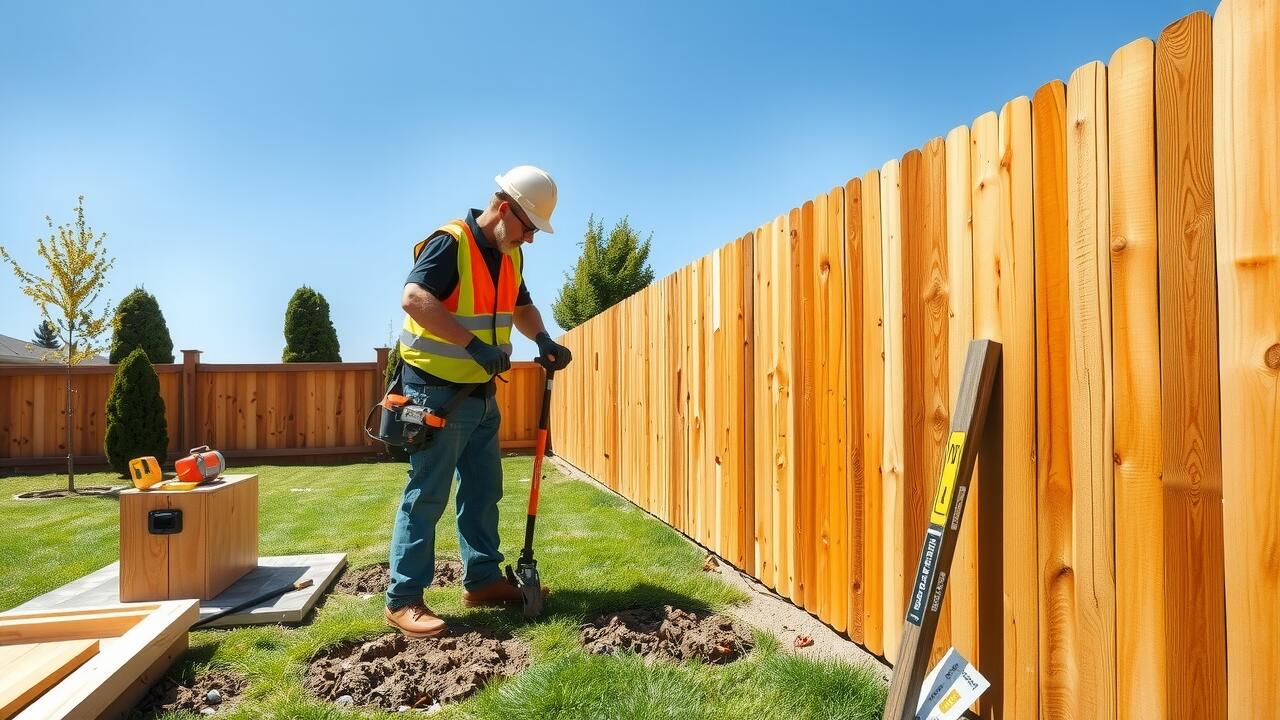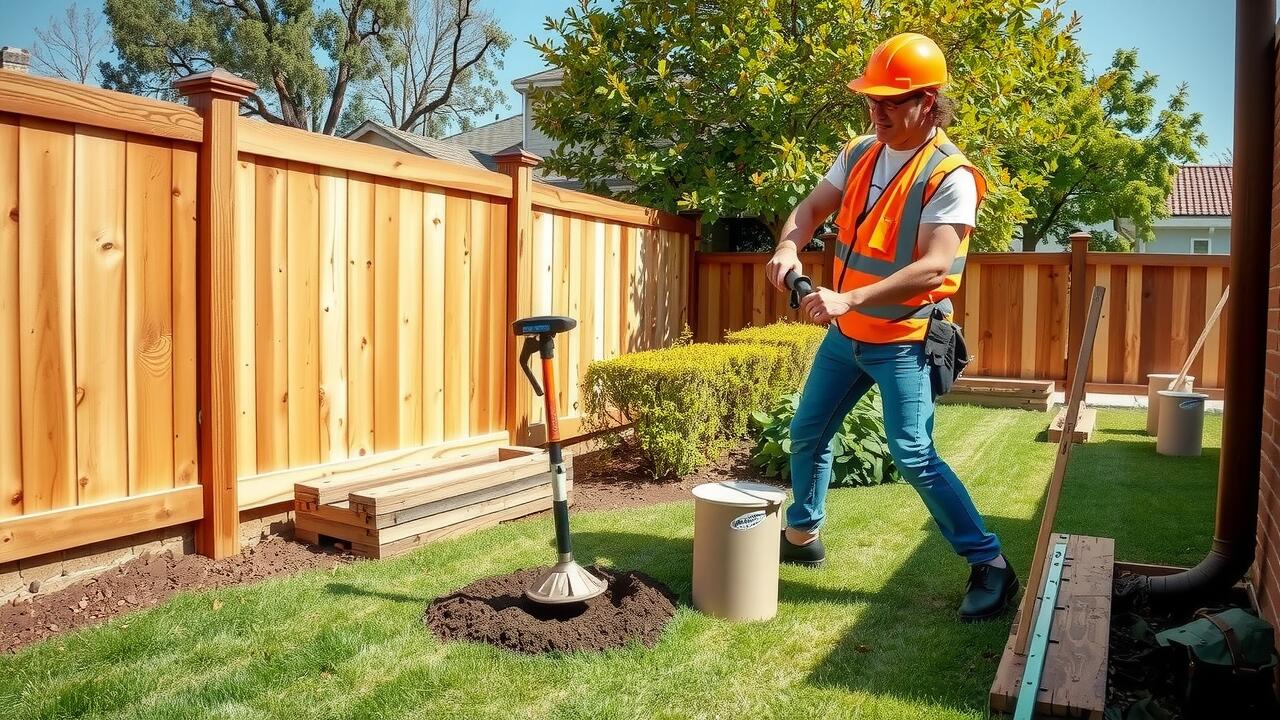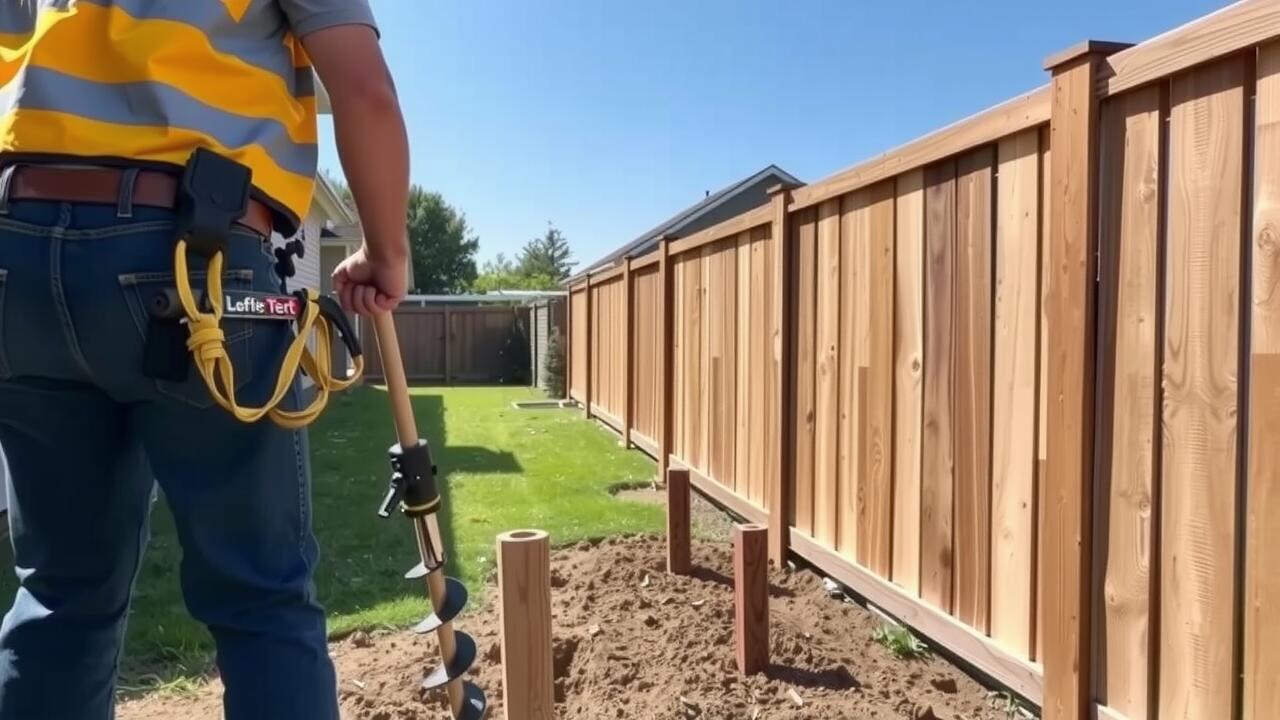
Table Of Contents
Consequences of Non-Payment for Shared Fences
When neighbors share the cost of fence installation, there can be significant consequences for non-payment. A homeowner who fails to contribute may face legal action initiated by the neighbor who upheld their end of the financial obligation. This could lead to a demand for payment through small claims court, where the complaining party can seek reimbursement as well as any additional damages incurred due to the delay or absence of funds.
Additionally, the lack of payment can strain neighborly relationships and create ongoing disputes. The property owner who paid for the fence installation might decide to withhold future cooperation on maintenance or repairs. This escalating tension can further complicate shared property lines and lead to greater resentment, ultimately affecting the overall community harmony.
Legal Remedies and Options for Dispute Resolution
When disputes arise regarding shared fence expenses in California, various legal remedies are available to homeowners. One approach is mediation, where both parties can negotiate and find a mutually agreeable solution with the help of an impartial mediator. This process encourages open communication while allowing neighbors to avoid more confrontational methods. If mediation fails, individuals may consider small claims court as a venue to pursue compensation or enforce obligations related to fence installation costs.
In addition to mediation and court options, homeowners can utilize written agreements to outline responsibilities before any construction begins. Creating a clear contract detailing each party’s financial obligations regarding fence installation helps prevent misunderstandings. This proactive measure can provide a solid foundation for resolving future issues and ensure that all parties understand their responsibilities in maintaining the structure. Familiarity with these options can ultimately facilitate a smoother resolution for neighbors facing disputes over shared fences.
Building a New Fence
When planning a new fence installation, it is vital to discuss the project with your neighbor to establish a clear understanding of costs and responsibilities. In California, both parties may be legally obligated to share expenses if the fence serves as a boundary between the two properties. Open communication during this stage can help avoid misunderstandings and set expectations regarding payment and preferred materials.
Before any work begins, it can be beneficial to obtain quotes from multiple contractors to determine the total cost of the fence installation. This helps ensure both neighbors are aware of the financial implications and may lead to a mutual agreement on the contributions required from each party. Documenting any agreements in writing can provide additional protection for both sides should disputes arise in the future.
Determining Costs Prior to Construction
Before engaging in fence installation, it is essential for neighbors to discuss and agree on the cost-sharing arrangement. Open communication can prevent potential disputes later on. Both parties should consider obtaining estimates from several contractors to ensure they have a clear understanding of the overall expenses involved. This preliminary discussion can include material choices, design preferences, and labor costs, providing a solid foundation for a fair financial agreement.
Documenting the agreed-upon costs can be beneficial for both parties. Written agreements help clarify each neighbor’s financial responsibilities and can serve as a reference if any issues arise during or after the fence installation. Clear documentation also establishes transparency and accountability, making sure that everyone is on the same page. Properly outlining these costs can lead to a smoother construction process and maintain a positive relationship between neighbors.
Maintenance Responsibilities for Shared Fences
Shared fences require ongoing maintenance to ensure they remain in good condition. Both neighbors are typically responsible for the upkeep of a fence that lies directly on the property line. This shared obligation includes tasks like repairing damage, cleaning, and painting. If one side of the fence faces significant wear due to neglect, the other neighbor may need to address the issue to maintain the overall structure and appearance.
Fence installation may not be the end of the commitment; regular inspections can help identify problems early on. Communication between neighbors is essential in this regard to agree on necessary repairs and to share costs fairly. Clarity about responsibilities can prevent disputes and foster a good relationship between neighbors, which is especially important when the fence serves both properties.
Ongoing Care and Repair Obligations
When a shared fence requires maintenance or repair, both neighbors should discuss how to handle the costs and responsibilities. A cooperative approach typically leads to a healthier relationship and prevents misunderstandings. It’s important for neighbors to communicate clearly about who will take care of upkeep or any necessary repairs to avoid disputes. Regular inspections can help both parties identify issues early, saving time and money in the long run.
Fence installation marks the beginning of shared responsibilities that extend beyond initial construction. Any modification or repair decisions require mutual consent, and both neighbors should agree on the scope and costs involved. Documenting agreements related to maintenance can prevent disagreements and ensure accountability. Ongoing care not only preserves the fence’s integrity but also supports neighborly relations.
FAQS
Do California laws require neighbors to share the cost of a fence?
Yes, under California Civil Code Section 841, neighbors are generally required to share the costs of maintaining, repairing, or replacing a shared fence, unless otherwise agreed upon.
What happens if my neighbor refuses to pay for their half of the fence?
If a neighbor refuses to pay, you can seek legal remedies, including mediation, arbitration, or filing a lawsuit in small claims court to recover the costs associated with the fence.
How can I determine the costs for building a new fence?
It’s advisable to obtain estimates from multiple contractors and discuss the proposed costs with your neighbor to reach an agreement on how expenses will be shared before construction begins.
Who is responsible for maintaining a shared fence?
Both neighbors are generally responsible for the ongoing care and repair of a shared fence. It’s important to communicate and agree on who will handle specific maintenance tasks.
What if my neighbor and I can’t agree on fence repairs?
If you and your neighbor cannot come to an agreement regarding repairs, you might consider mediation to resolve the dispute amicably. If that fails, you may have to resort to legal action to protect your rights.

